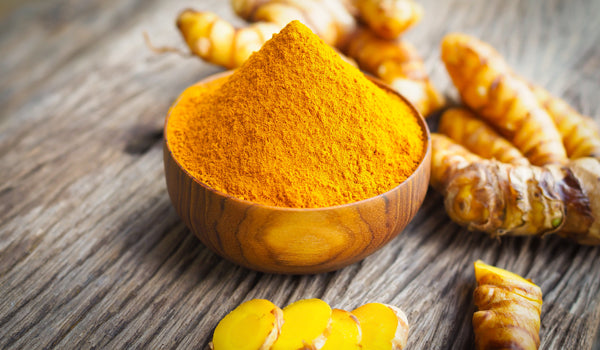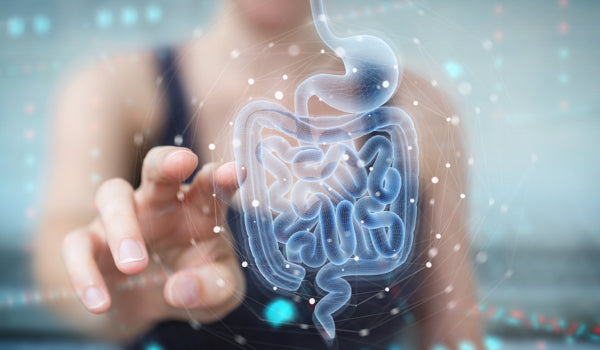What can turmeric really do for you?
Published on 05 Mar 2021

Turmeric plays an important role in Indian food, culture, and medicine; from a nightly glass of haldi-milk recommended by our relatives, or a sprinkle of turmeric in our curries, to using a turmeric mixture in wedding rituals, skincare remedies, and to treat small cuts or insect bites.
A little history
For over 3000 years, Ayurveda has informed us of the many uses and benefits of this powerhouse root. However, turmeric isn’t renowned just in India. It’s also a part of Siddha medicine, traditional Chinese medicine, Unani, and the animistic rituals of Austronesian peoples. It has a long history of being used as a dye or as an integral part of folk medicine in many cultures, and is known in Medieval Europe as “Indian saffron”.
Turmeric has been used as…
A spice: A key ingredient in many Asian dishes and cuisines, turmeric has an earthy, slightly bitter flavour that lends character to many traditional preparations. While turmeric is usually used in savoury dishes as a rhizome powder, some preparations also include fresh turmeric root.
A dye: While turmeric adds a trademark golden yellow colour to many gravies, soups and other culinary dishes, it is also used to dye certain fabrics, such as Indian saris and Buddhist robes. Turmeric gets its characteristic yellow colour from its hero compound: curcumin.
An indicator: Turmeric paper, or paper steeped in a turmeric tincture, is often used in chemical analysis to identify acidity and alkalinity.
The medicinal quality of turmeric
Curcumin, the active ingredient in turmeric, has multiple medicinal uses. Due to its anti-inflammatory properties, it has been a part of world medicine for centuries. Today, Western medicine recognizes turmeric as a pain-relieving and healing agent with numerous health benefits.
A single tablespoon of turmeric contains:
26% of your daily manganese content
16% of daily iron
5% of daily potassium
3% of daily vitamin C
Let’s breakdown the many positive effects turmeric has on the human body.
- Reducing inflammation: Inflammation is the body’s first response to an irritant - an allergen, a germ, or a foreign object. Our immune systems react to irritants in multiple ways, with symptoms ranging from chronic pains to common colds. Turmeric can reduce inflammation in the body naturally, offering relief from many daily maladies and holistically improving immunity.
- Improving liver function: Turmeric is rich in antioxidants that could help stop your liver from being damaged by toxins, and also reverse oxidative stress that leads to ageing.
- Digestion: Due to its antioxidant and anti-inflammatory properties, turmeric can work as a digestive healing agent.
Turmeric and bioavailability
While we’ve established that turmeric has countless benefits and usages, the truth remains that it is not easily absorbed by the human body.
Bioavailability is a scientific measure to determine how “available” a certain compound is to the body. Curcumin, the compound that makes turmeric special, exhibits low oral bioavailability - meaning that it is not absorbed efficiently into our systems when digested in food.
This means that adding turmeric powder to our meals or beverages, while helpful, doesn’t allow us to derive the most of what turmeric can do. Most of the compound’s nutritional and therapeutic benefits get wasted during the digestive process.
Thanks to years of research conducted worldwide, we are now able to condense curcumin into forms that accentuate its bioavailability and efficacy. Pureveda’s Super Turmeric uses a revolutionary, patent-pending technology called PNS Technology to isolate the curcumin compound and deliver it to the human body in a form with unprecedented bioavailability.
Every single capsule of Super Turmeric contains the entire regenerative power of turmeric. It’s a way to transform thousands of years of traditional medicinal knowledge into a form that is bolstered by modern technology.
To know more about Super Turmeric, visit this page.
Source: https://www.medicalnewstoday.com/articles/306981#nutrition-of-turmeric





